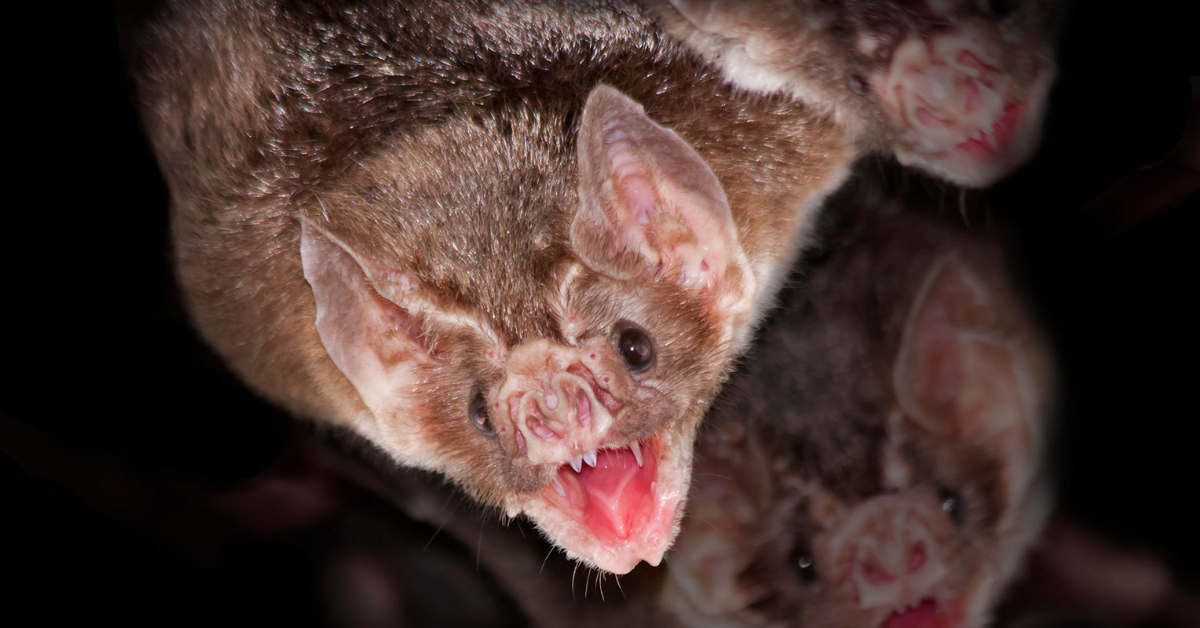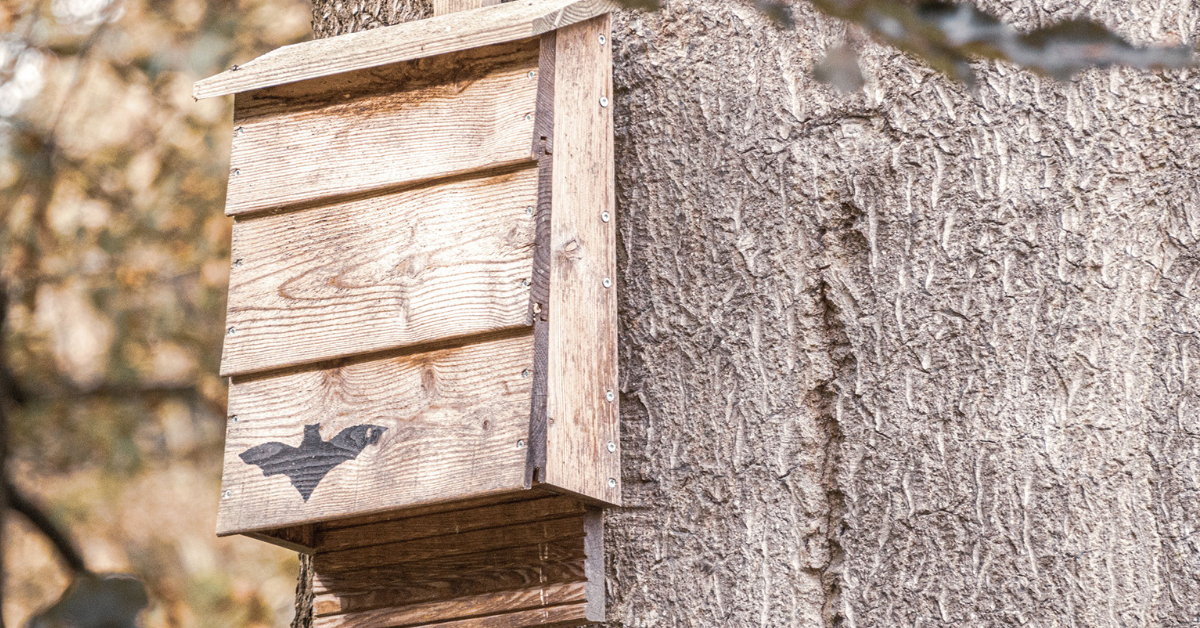How can we help biodiversity? Love ourselves some bats.
Bats?!
“Bats are among the most common wildlife in our communities, yet most people know nothing about them. Even some of the best educated biologists often go their whole careers without learning much about bats. Their habits are atypical among wildlife, and many people mistakenly believe they are like birds or mice, leading to many misconceptions and poor decisions. As people become better educated, horrible acts like exterminating entire maternity colonies will hopefully become a thing of the past.”
Susan Holroyd is the Calgary Regional Coordinator of the Alberta Community Bat Program. And she believes we all need to show bats a bit of love.
“One of the reasons people should love bats is their importance for controlling insect pests – this includes biting insects and pests of forests and crops. They are a major predator of mosquitoes, which in addition to being a nuisance, are responsible for several insect-borne diseases that affect people. Bats can eat their own weight in insects each night, and their value to agriculture by providing free insect control services has been estimated (in the USA alone) to be between $3.7 and $53 billion dollars each year.”

Susan continues, “That value does not incorporate their value to the forest industry, which is likely substantial. We are also only beginning to understand the value bats contribute to the livestock industry (consuming blood-sucking insects that affect livestock health).”
Wait, there’s more!
“As a result of eating all these bugs, bats also poop a lot. And bat guano (bat poop) is very high in nitrogen. It is postulated that bats are responsible for a significant movement of nitrogen from low-lying habitats (like wetlands) to upslope habitats (where they roost in trees).”
And yet bats are increasingly threatened.
“They are a huge conservation concern because of their slow rate of reproduction – producing only a single pup each summer (that can be 25-30% of their mother’s body weight). And only half of those pups make it through their first winter (hibernation is tough).”
But that’s only the beginning of the story, according to Susan.
“Habitat loss, loss of productive wetlands for foraging, pesticides, vandalism and disturbance at hibernation sites and maternity colonies, eviction from buildings in the middle of the pup-rearing season, and outright killing of bats has threatened many bat populations.”

All of these factors threaten bats and they were all issues before the devastating white-nose syndrome first appeared in 2006.
“Biologists are currently working hard to try to find a way to combat the fungus that is responsible for white-nose syndrome, but it will continue to spread. The movement of the fungus is bat-to-bat, so we can’t really stop it. What people need to know is that in areas after white-nose syndrome has decimated bat populations, every single surviving bat will be important to ensure the survival of the species.”
That’s why, for Susan, helping biodiversity means finding better ways of co-existing with bats in our neighbourhood and in our communities – in our province, our country and our world.
“Make it clear to your friends, neighbours and political officials that bats are a conservation priority. Ask people to be bat-friendly. Share information about bats and citizen science projects. Donate to support bat research and community bat programs. Use the resources available on the community bat program websites. People like you will champion bat conservation when you understand the importance of bats and the challenges they face.”

And we can make a difference, argues Susan.
“Bat programs throughout Canada have been working hard to promote bat conservation. But often this is done with minimal funding. If we want to protect the species that live on this planet, we need to start providing stable funding for research and conservation as though we really care—like we would fund a road or sports stadium.”
And Susan thinks maybe we will do just that for bats if we can help out with their public relations image problem.
“One myth that hinders bat conservation is the concept that bats are like ‘mice with wings’. However, their life-history strategy of having a small litter size, poor first year survival, and long lifespan make bats much more akin to a large mammal than a small one.”
In other words?
“Our message is that we should be thinking of bats as ‘small, flying grizzly bears’. And they warrant the same kind of care and concern as their large, mammal friends.”
Indeed.